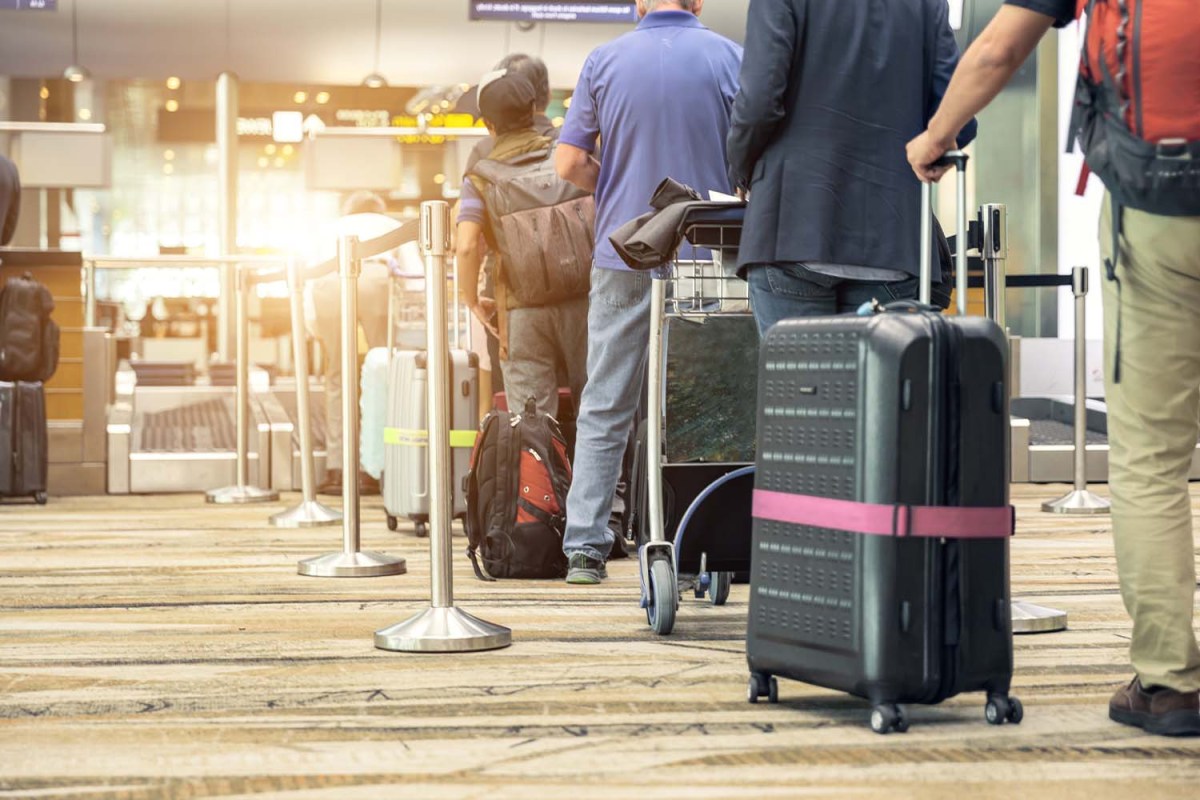When it comes to packing for a trip, less is more. That is something I believe to be unequivocally true. But when it comes to airports, and the available programs that serve to alleviate the stress and increase the speed at which you’re able to navigate them, more is always more. That is also something I believe to be unequivocally true, and the same reason I currently hold TSA PreCheck, Global Entry and Clear memberships (though the latter I admittedly don’t use as often as the others).
For the uninitiated, TSA PreCheck is offered through the government, is available at 200 airports across the U.S., costs $85 for five years and expedites the physical screening process. Alternatively, Clear is offered through a private company, is available at 43 airports across the U.S., costs $179 per year and expedites the document screening and identification process. Meanwhile Global Entry is offered through Customs and Border Protection, is available at 53 airports across the U.S., costs a one-time fee of $100 and expedites clearance for pre-approved, low-risk travelers upon arrival into the country (Global Entry members also receive PreCheck benefits as part of their membership). All of this to say, they all serve very different and — for the avid traveler — important functions.
Which is why, per a new report from Travel + Leisure, the Department of Homeland Security (DHS) pushing those same travelers to apply for TSA PreCheck over Global Entry — albeit due to long wait application processing times — feels a little bizarre. According to the DHS, “processing delays” — which reportedly have more to do with interview appointment availability than applications being reviewed — mean applications are currently taking anywhere from six to 18 months to complete. As of March 2022, nearly 8 million travelers had enrolled in Global Entry.
“If you do not travel multiple times per year internationally, we recommend applying for the TSA PreCheck Program,” the DHS wrote on its website. “Most TSA PreCheck applicants can schedule an appointment in less than 2 weeks and, if approved, can receive a Known Traveler Number (KTN) in about 3 to 5 days after the appointment.”
However, TSA PreCheck, while awesome, is hardly a viable substitute for Global Entry. As previously mentioned, they achieve two very different things: PreCheck is for domestic travel and Global Entry is for international. Though it does bear mentioning that, for those who frequently travel more the former, there’s no real need for Global Entry anyway.
Of course, as Alison Fox points out, Global Entry applicants who have been conditionally approved can participate in the agency’s Enrollment on Arrival program in which arriving international passengers can complete their interview when they get to a participating airport (I did mine at Newark). It involves waiting in one last customs line, but the process itself is fast and it’ll have your card in your hand in just a few short days. And, in spite of the DHS admonition, it is undisputedly worth it.
Thanks for reading InsideHook. Sign up for our daily newsletter and be in the know.



















